White Flight Caused Canton’s Boom. Now, Immigrants Call It Home
Canton is one of Michigan’s fastest growing communities, on track to reach 100,000 residents by 2025. How a federal court decision transformed this once rural community.
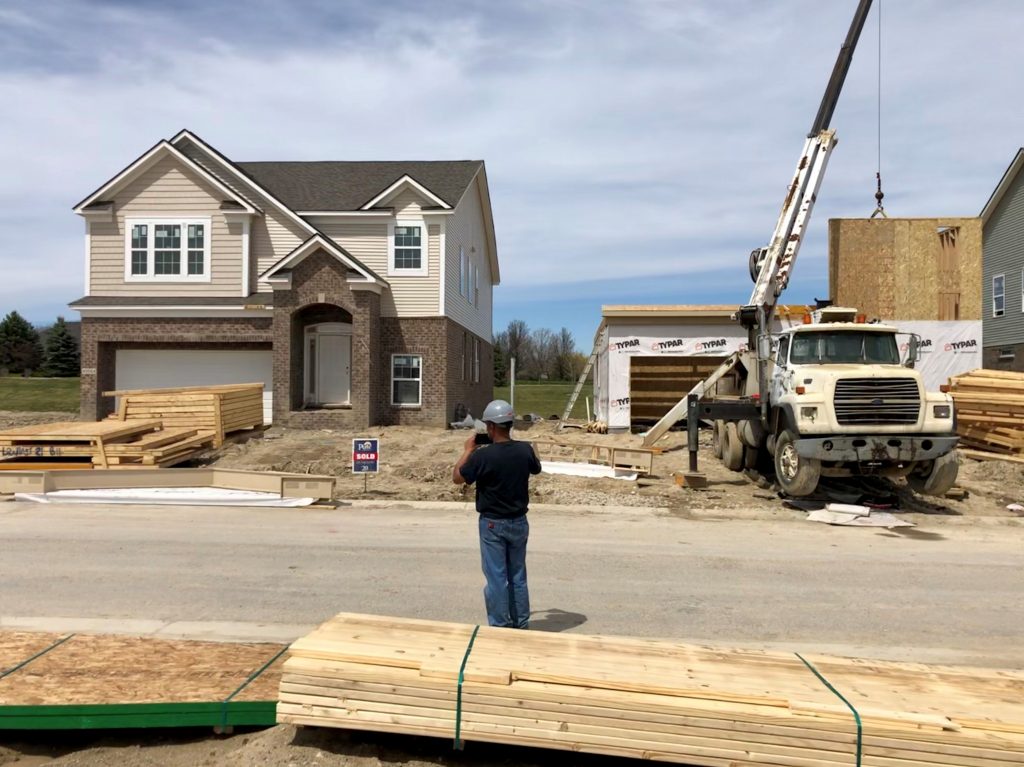
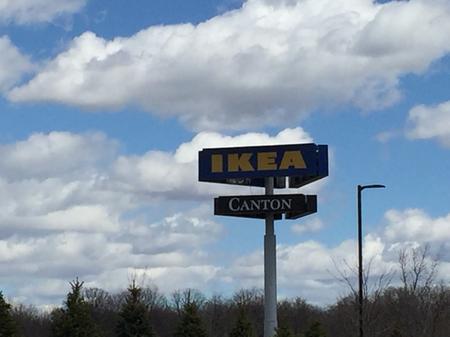
If the location of Michigan’s only IKEA wasn’t enough of an indicator, Canton Township’s web of subdivisions should make it clear that the place is one of Metro Detroit’s fastest growing areas.
The Southeast Michigan Council of Government estimates there will be 100,000 people living in the suburb by 2025. But it wasn’t always that way. Canton used to be a farming community which grew sweet corn on the peripheries of Detroit and Ann Arbor. In 1960, only about 5,000 people lived in this once-rural township. After 60 years, Canton’s population grew 20-times over.
Canton’s population explosion is just as much about growth as it is about the migration of residents in and around Detroit.
“The schooling itself is much better,” says Elaine Bazzi, who recently moved to Canton from Dearborn Heights with her family. “They see the difference from where they came from.”
“You drive five minutes [in Canton], you can eat Chinese, Italian, Lebanese. A good steakhouse. Everything you want, you find here.” – Moe Bazzi, resident
Elaine’s husband, Moe, says he could get a bigger house in Canton and pay less in taxes. “We were looking for a bigger home in Dearborn Heights at first,” Moe Bazzi says. But then, they found “out how much the property tax is on it.” The Bazzis are Lebanese American and they like that Canton is close to Detroit’s greater Middle Eastern community. Moe says diversity was also part of their decision to move. “You drive five minutes, you can eat Chinese, Italian, Lebanese. A good steakhouse,” Moe Bazzi says. “Everything you want, you find here.”

Support the news you love.
Here at WDET, we strive to make our journalism accessible to everyone. As a non-profit public media institution, we maintain our journalistic integrity through independent support from readers like you. Because you value WDET as your source of news, music, and conversation, please make a gift of support today. Even $5 a month helps!
Beyond the Busing Boundary
Canton didn’t always have the ethnic diversity it does today. In fact, it’s original growth started as a reaction to one of the biggest racial issues of its time.
According to Canton’s official history, the major factor that contributed to the township’s rapid growth was the possibility of cross-district busing in Metro Detroit.
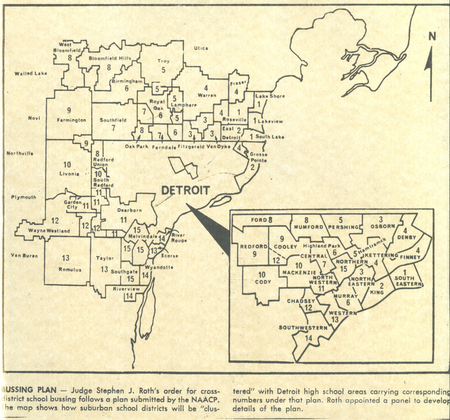
Canton’s population boom started at a time where city-living gave way to a trend of suburban development. In the decades following World War II, tens of thousands of Detroiters moved to the city’s neighboring townships and municipalities, laying a foundation for sustained suburban growth throughout the rest of the 20th Century. But Canton was late to follow that trend. While more than 10,000 people were living there by the end of the 1960s, Canton’s true population boom occurred the next decade, when many racial integration proposals were up for consideration throughout Metro Detroit.
In the 1970s, the NAACP sued Michigan’s governor at the time, William Milliken, in a long legal battle regarding the issue of segregation in the region’s schools. In a major federal ruling, Judge Stephen Roth ordered the state of Michigan to come up with a plan to bus black, Detroit city-living students to various white, suburban school districts across the metropolitan area. The Board of Education drafted the plan, but it was never implemented. The case was appealed to the U.S. Supreme Court, which ruled against the lower court order in a narrow 5-4 verdict in its 1974 “Milliken V. Bradley” decision.
Desegregation busing “has been a negative factor as far as integration in our city is concerned. Immediately in the first year, we lost 11% of our white student body because of the white flight. They left the city of Pontiac and fled to the suburbs.” – Anti-busing activist Irene McCabe in 1972
That same decade, Federal Judge Damon Keith ordered a de-segregation by busing plan in Pontiac, Michigan. There was a major public outcry by many of the city’s white residents. The Ku Klux Klan bombed 10 school buses following the order. Irene McCabe, a vocal anti-busing activist, was a broadcast news fixture for the movement. She appeared on the Today Show with Barbra Walters in 1972 to explain her own position. “It has been a negative factor as far as integration in our city is concerned,” McCabe said. “Immediately in the first year, we lost 11% of our white student body because of the white flight. They left the city of Pontiac, our school district, and fled to the suburbs.”
The busing issue had a profound effect on Metro Detroit housing. And most of the region’s busing plans had a common feature — they stopped short of integrating Canton’s school district.
That decade, Canton’s population exploded; the local population multiplied nearly five-times over. The rapid growth was unlike anything seen in Southeast Michigan at the time. More than 40,000 new, and mostly white, people started living in the township by 1980. The Interstate 275 project, which opened in the mid-1970s, allowed Canton to sustain that growth by giving residents the ability to travel easily between destinations across Metro Detroit. Today, most Canton residents have a job outside the township, working primarily in cities like Detroit, Dearborn and Livonia.
Suburban growth maintained over the course of decades. The township defied the trend set by many communities in Wayne County and in other areas of Southeast Michigan, growing more and more each year. That rate has slowed in the years following the recession, but it hasn’t stopped developers from building new communities for the hundreds of people moving to the area each year.
To Live and Buy in Canton
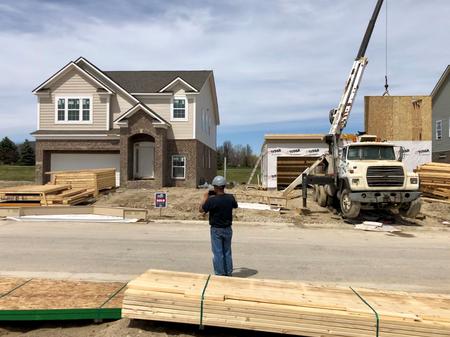
“The Landings” is a suburban development in Canton Township. Right now, it’s mainly a series of dirt lots that line the intersection of Denton and Saltz Roads. But the houses are coming. Contractors are adding drywall, electrical wires and gutters on the roofs of the dozen homes that are almost move-in ready. Pulte Homes promises its customers it can build these homes and have them ready in seven months or less.
William Pulte, the construction company’s founder, got his start building homes in Metro Detroit 70 years ago. Now, PulteGroup is a publicly-traded construction company operating across the country. The company reported nearly $3 billion in home sales last year. Most of the houses sold at the average cost of $430,000, roughly the average price of the homes offered at “The Landings” in Canton.
Sales consultant Nicholas Tong says it’s a competitive rate within the township’s current inventory of homes. “When you look at the price point of what a resale home is going for versus if I were to buy new,” Tong says. “There’s not that much of a difference if any.”
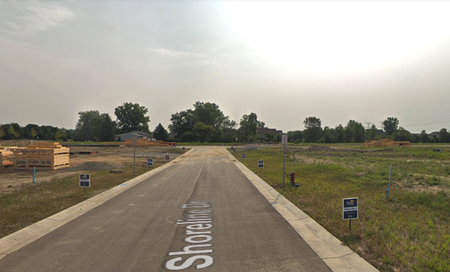
Jenny Doan recently bought a home at “The Landings.” She works as a nail technician in Northville, and her husband is an engineer at Yazaki North America, one of Canton’s biggest employers.
“I think it’s a nice area,” Doan says. “The neighborhood is really good and a quiet place. Everything’s close to us.”
Doan likes that Canton has a lot for her family: A good pediatrician for her three children, swimming lessons, martial arts classes and shopping. The Doan family used to live in other places in Michigan and California, but have wanted to live in Canton for years. “A long time ago we lived in Belleville because my kids were little,” Doan says. “We wish if we had a chance that if we had a chance to go, we would go to Canton.”

Residents like Doan are one of the reasons why hundreds of homes are being built in Canton each year. More than 5,000 homes have been built in Canton since the year 2000 and a third of those homes were built in the last five years. Township officials say suburban developers like Pulte are responding to market demand. “As the population grows, people look for housing,” Township Supervisor Pat Williams says. “People want to have their housing where there are great schools and safe community.”
While Canton was nearly completely white in 1980, the community has become more racially diverse in the years since the township’s original population surge.
There’s a lot of factors that drive people to live in Canton, and those factors are appealing to a large demographic of people. While Canton was nearly completely white in 1980, the community has become more racially diverse in the years since the township’s original population surge. Canton’s Asian-American communities have flourished, though the percentage of black and Hispanic residents living here is much lower than in Southeast Michigan as a whole.
And Canton is an attractive place for immigrants, too. Nearly one out of every five residents in Canton was born in a different country other than the United States. For someone like Moe Bazzi, who spent the first 15 years of his life in Lebanon during the country’s civil war, Canton has become his new home.
“I wouldn’t trade this city, the state of Michigan for anywhere,” Bazzi says. “Communities, different cultures. It’s a beautiful city.”
